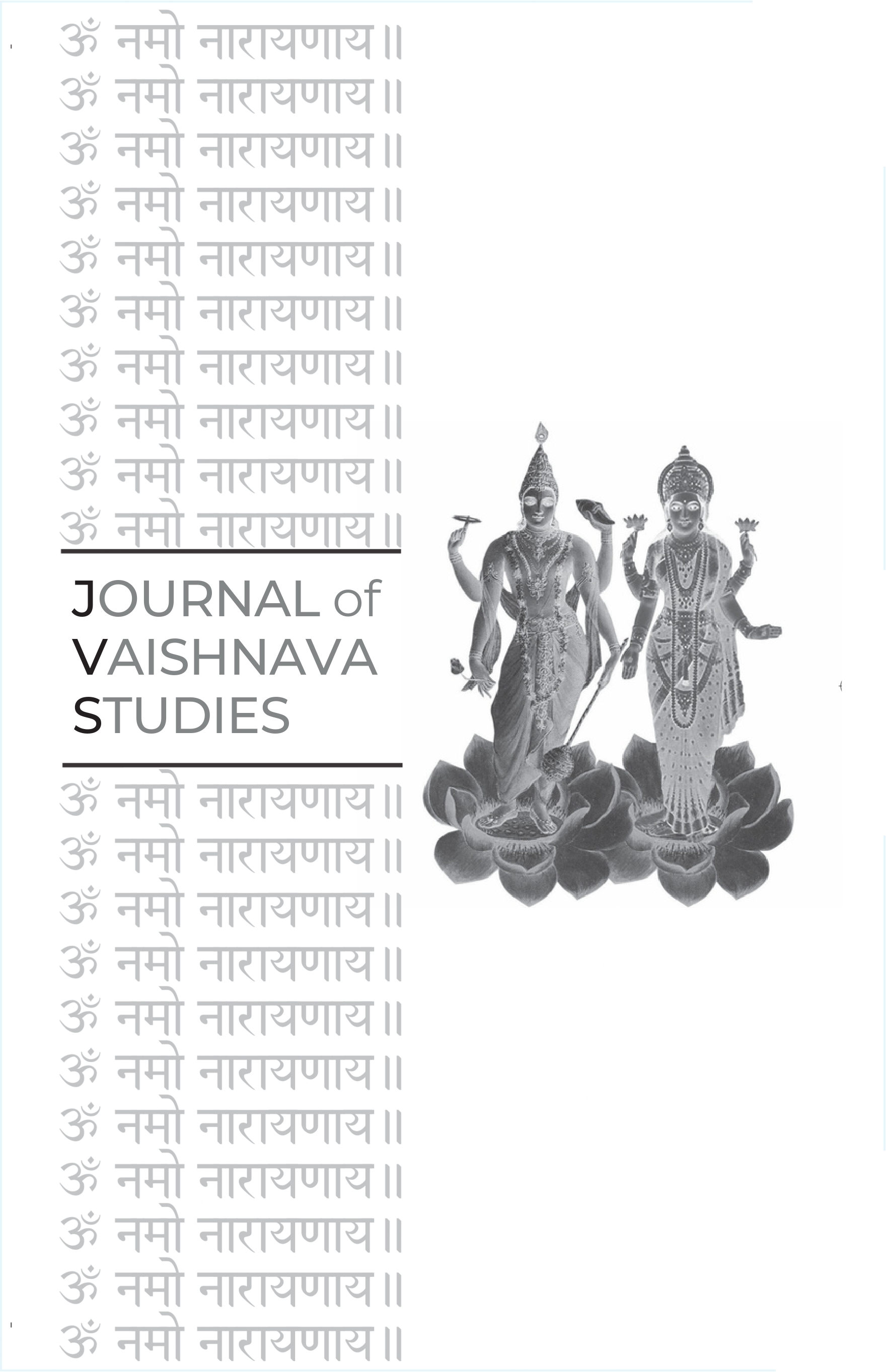Devotional Painting for Lord Jagannath
Keywords:
Jagannātha, devotional art, Pata-citra, Orissan painting, bhakti aesthetics, temple culture, sacred image, visual theology, liturgical artAbstract
Madhavananda Dāsa’s article offers a richly detailed introduction to the tradition of devotional painting in Orissa, particularly those artistic expressions that center on Lord Jagannātha. Blending art history with bhakti theology, the essay traces the development and symbolism of Pata-citra paintings—ornate cloth-based renderings of divine forms—often used in temple rituals or as portable altars. Dāsa discusses how these paintings are not merely decorative or illustrative but function as visual extensions of liturgical life, saturated with theological meaning and emotional resonance. Central to the practice is the belief that such paintings embody the presence of the deity, enabling devotees to engage with Jagannātha through form, color, and gesture. The article also explores how specific narrative themes (e.g., Jagannātha’s ratha-yātrā, līlās, or episodes from the Purāṇas) are stylized into intricate iconographies that both preserve and interpret tradition. Drawing from interviews with painters and temple insiders, Dāsa presents this art form as a living devotional offering—one that integrates aesthetic refinement, spiritual intention, and community identity.Published
2008-12-13
Issue
Section
Articles





